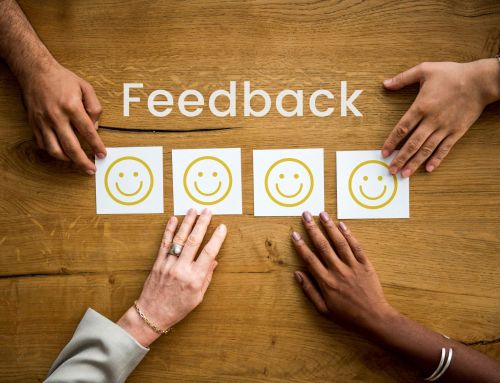For most consumer-based companies around the world, the top priority is to prevent their customers from leaving their service, otherwise known as churning. This is a widely accepted truth in the business world, as consumers and customers are the lifeblood of any company. Yet, despite this, 85% of customers say that a company could have done more to retain them. This is likely because most companies lead studies in order to predict churn as it happens, but not on how to prevent it. While predicting when a customer will leave is a vital part of the process, there needs to be effective preventative measures in place as well.
That being said, companies today already have several ways to intervene in churn, though they vary in effectiveness. For example, a company may receive a call from a customer who is unhappy with a fee. The company, in response to this, cancels the customer’s fee in order to prevent the customer from leaving. However, this means of preventing churn is largely unhealthy for most companies, as it creates a customer culture where customers may learn bad behaviours. Alternatively, instead of reacting to a customer’s unhappiness, a company may try to proactively prevent customers from leaving by sending emails containing discounts and deals to all their customers. This, too, can be an ineffective means of intervening in churn because this may annoy customers who would otherwise not be thinking of leaving at all. There is also the issue of timing when to intervene, where if one were to intervene too early, customers get scared away, and if one intervenes too late, then the customer leaves regardless.
Ultimately, there are an overwhelming number of variables that impact when and how a company should intervene in churn. Despite how daunting all these variables are, companies can increase customer retention effectively by incorporating the social sciences and machine learning. For example, by analyzing customer behavior and data, artificial intelligence can help to categorize your customers by personality type within the context of the company exclusively. From this categorization, one can figure out the best means to prevent a churning customer from leaving. Let’s say, for instance, you have two customers who are about to cancel a subscription to your service. One customer is labelled as extrovert based on their outgoing spending behavior, and the other customer is an introvert based on their subscription based behavior. How one would intervene, to prevent these two customers from churning, would vary greatly. Without the categorization classifying each customers’ personality, the intervention for both would be dealt with in the same way, which would likely be ineffective. In addition, machine learning can help when attempting to define when to prevent a customer churn, as certain personality types may react to interventions differently at different times. In other words, company-specific personality types determined by social science and machine learning can help companies personalize the intervention process from customer to customer, thereby retaining more customers, more effectively.
If companies use AI and social sciences to predict how to intervene in churn in addition to predicting when and if customers will churn, then it’s likely that more customers will feel like companies are attempting to get them to stay. By personalizing the means of intervention by the customer’s company-specific personality type, the customer is more likely to be retained due to them being able to personally relate to their intervention. Real-time prediction, data collecting, and analysis can help companies increase their customer retention rates organically, as the company does more for their customers.
- Jessica Nicole
- Daniel Nordfors




